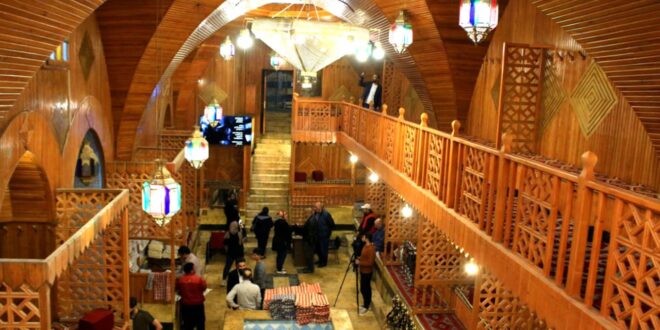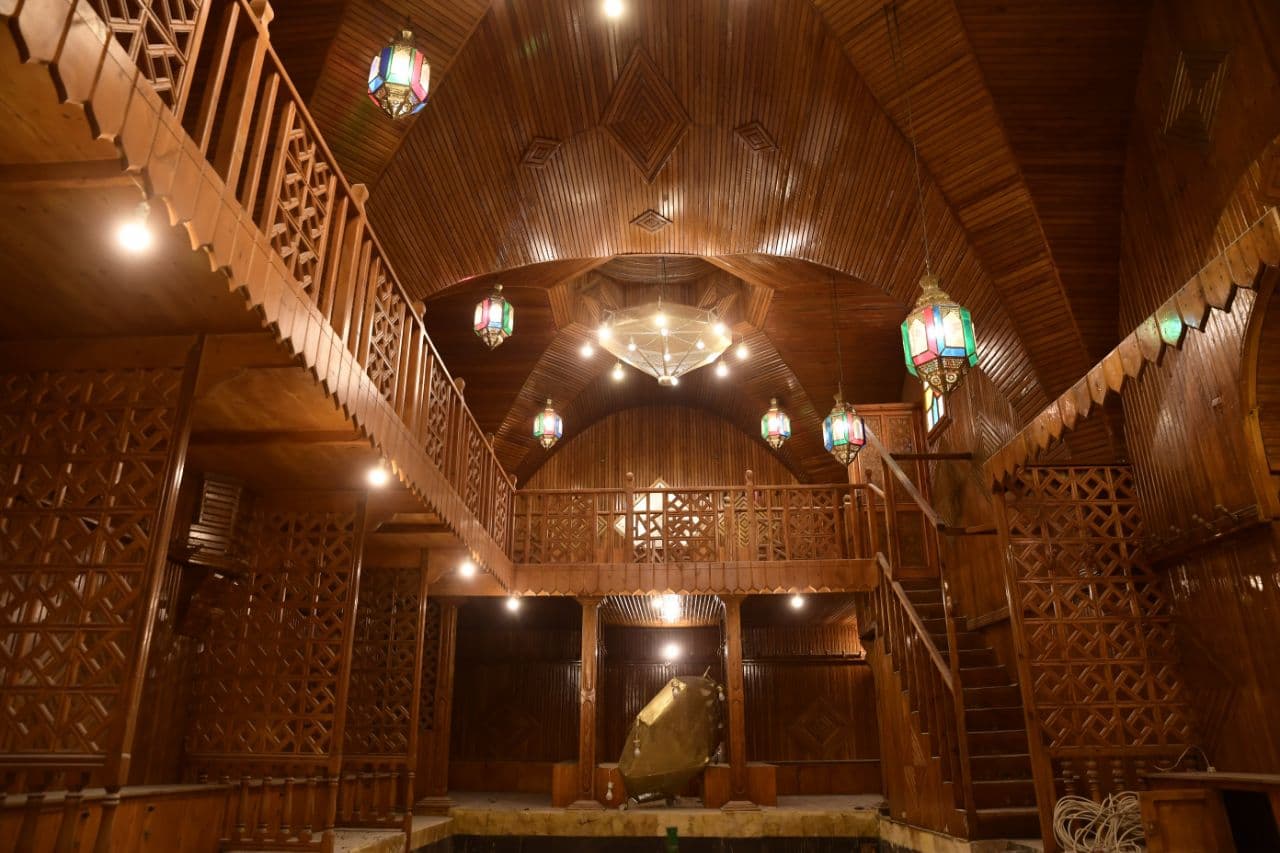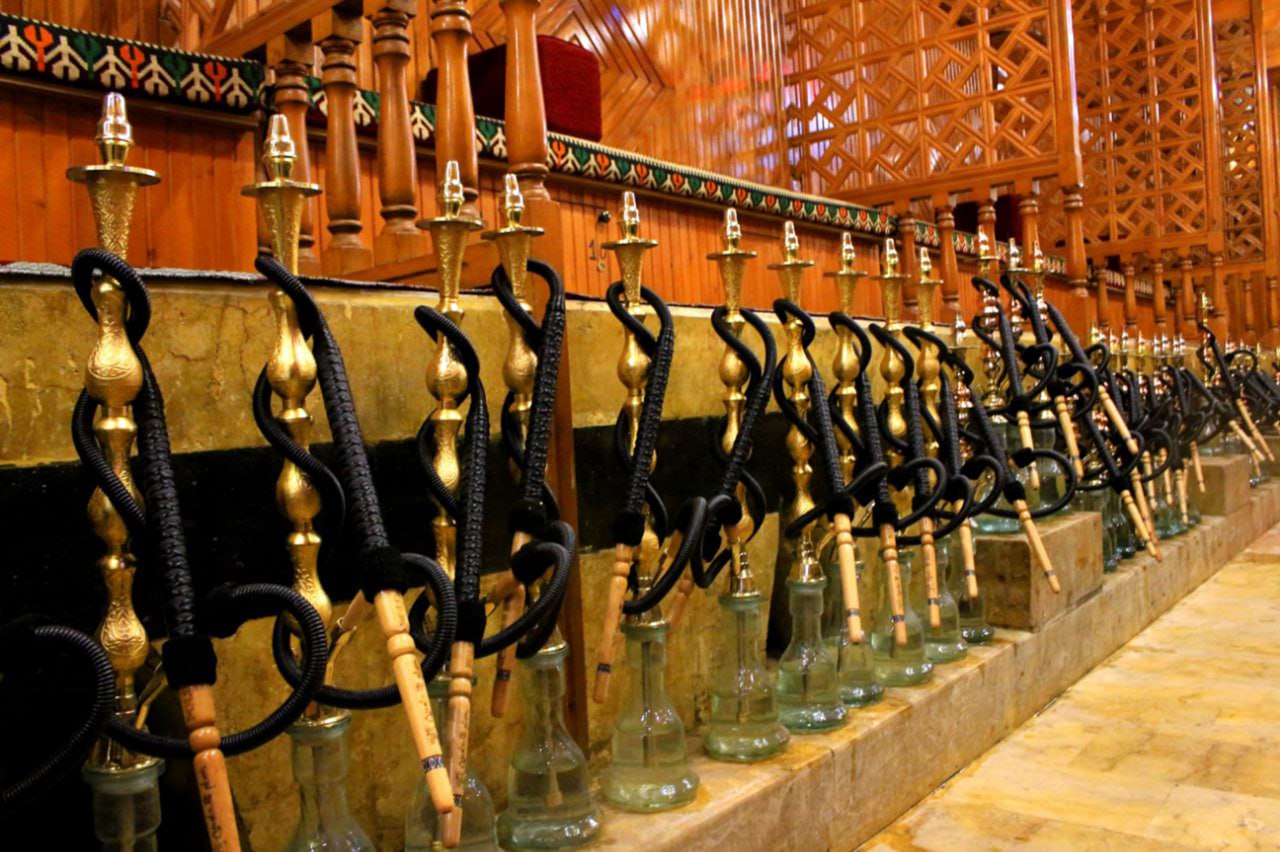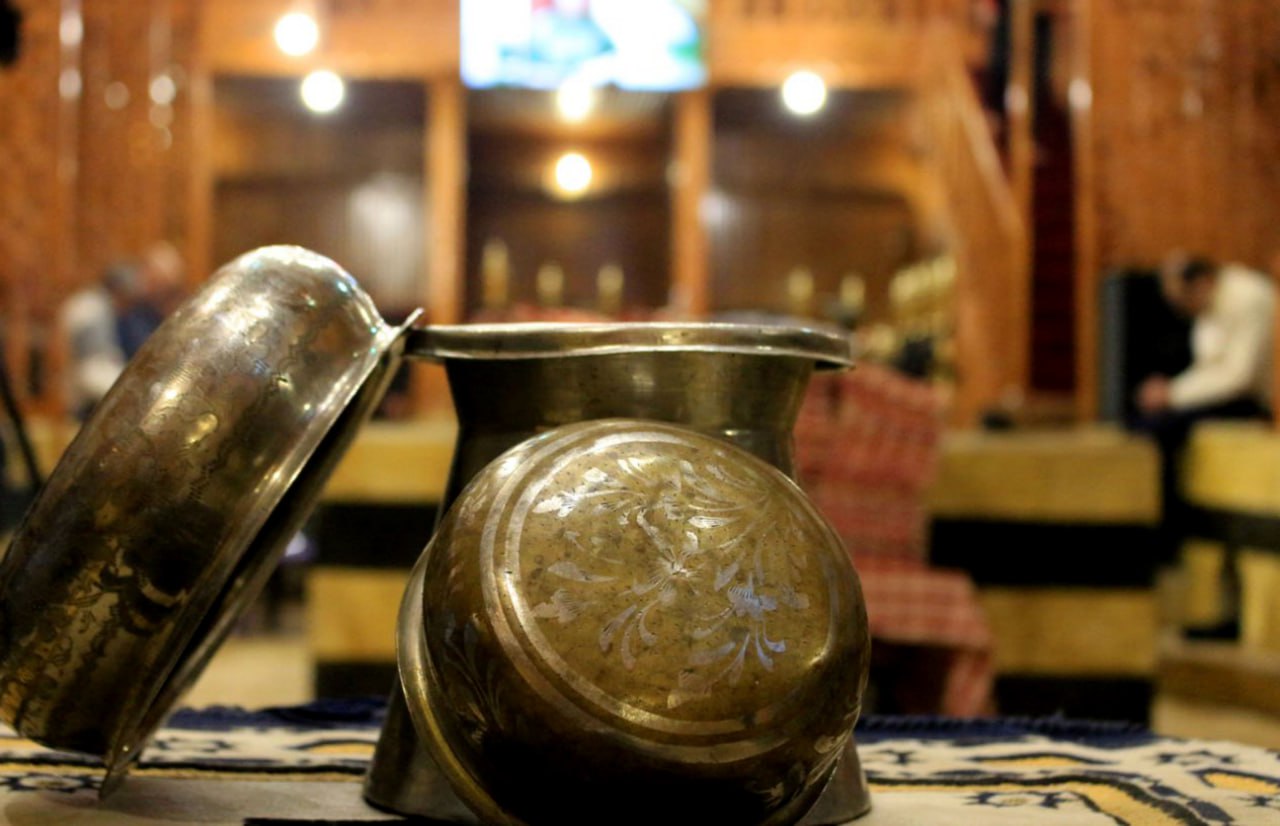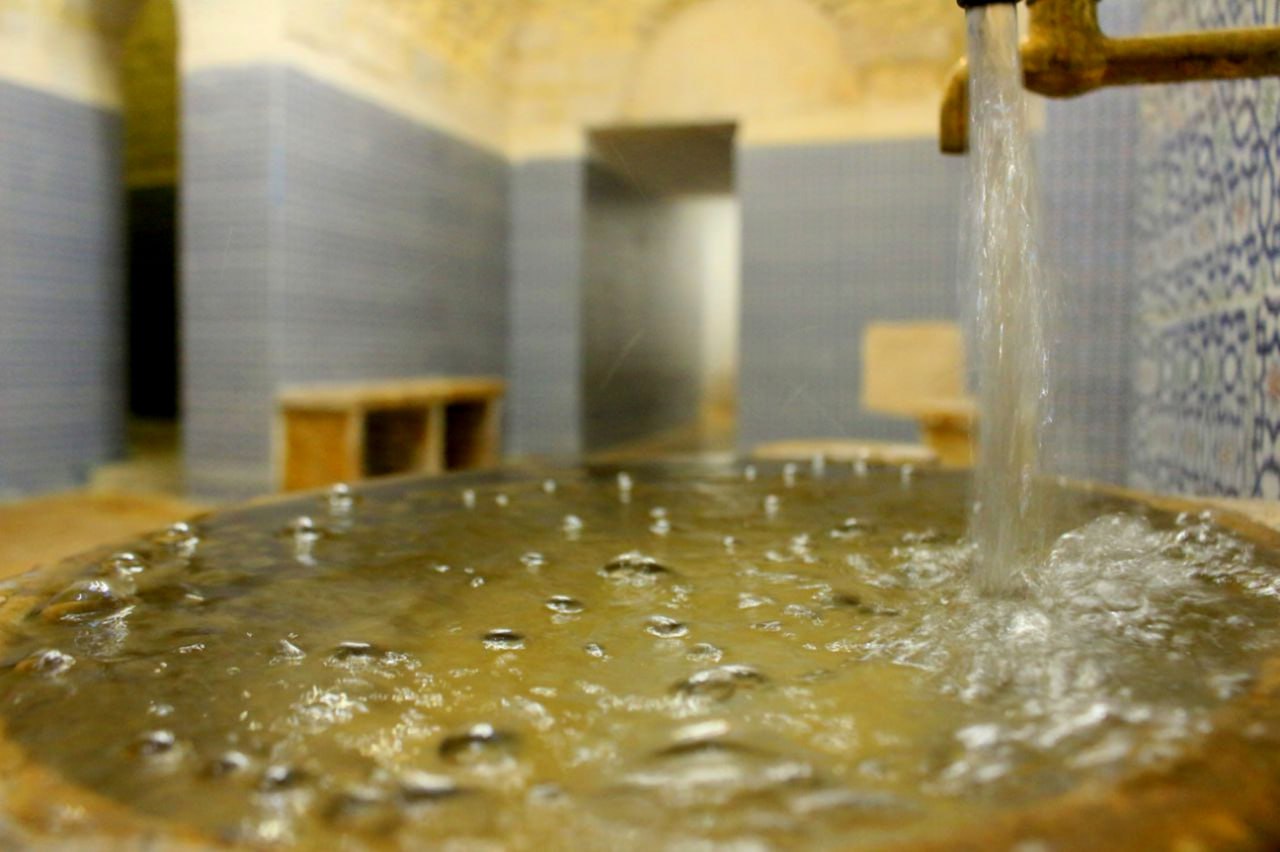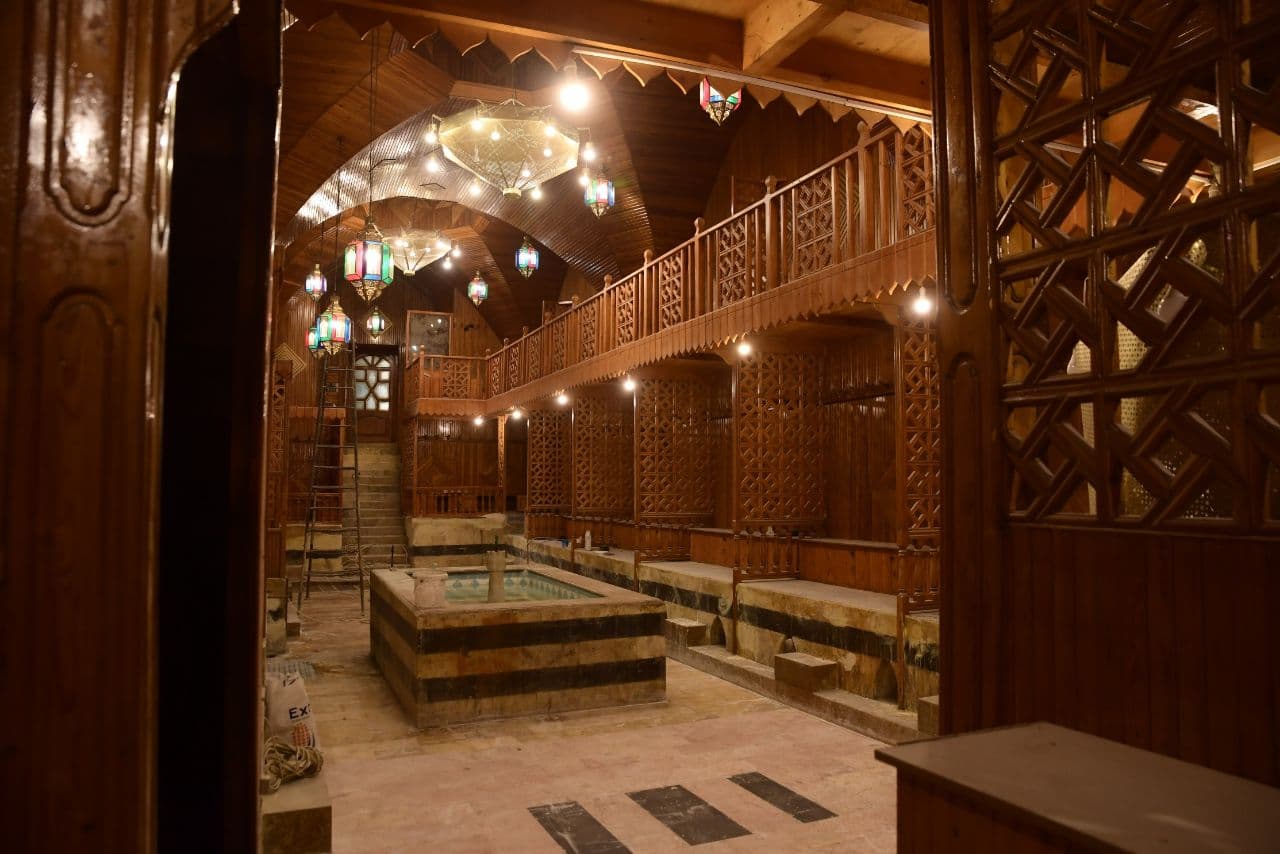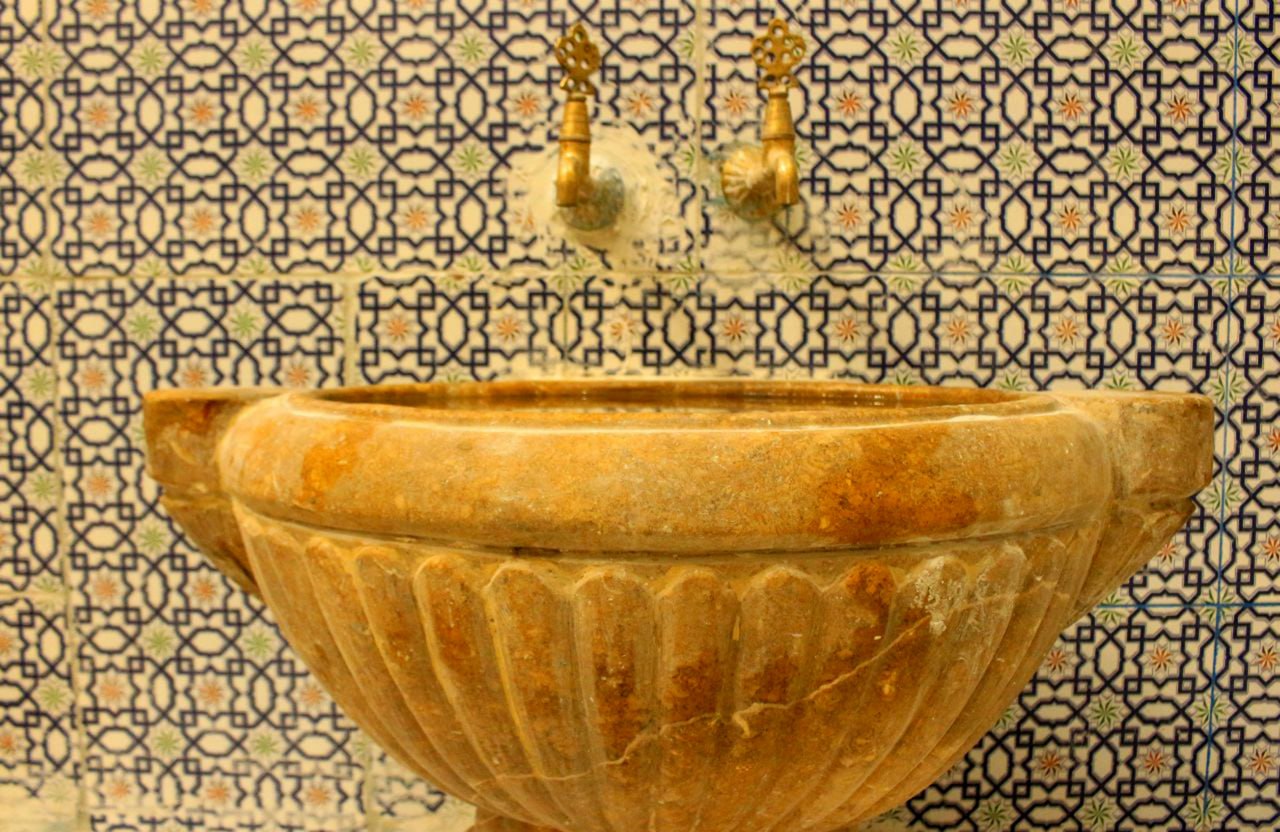Aleppo, SANA– Al-Nahhasin Hammam, a historic public bathhouse nestled within the ancient souks of Aleppo Old City, stands as a profound testament to the city’s rich cultural heritage and enduring resilience.
Dating back to the 12th century, during the Ayyubid dynasty, the bathhouse is believed to have been commissioned by Aisha, the daughter of the renowned Saladin. Originally known as “Hammam al-Sitt” (the Lady’s Bath), it later adopted the name al-Nahhasin, derived from the neighboring Khan al-Nahhasin, the caravanserai of the coppersmiths.
Its strategic location within the bustling marketplace, south of the Great Umayyad Mosque, solidified its role as a vital social and hygienic hub. To reach the bathhouse, one must navigate through narrow alleys intersecting the roads leading to al-Shibani Church and the Farafra neighborhood.
Al-Nahhasin Hammam is celebrated for its distinctive Islamic architectural design, featuring a series of interconnected chambers, each serving a specific purpose in the bathing ritual. Visitors transition through elaborately decorated halls, from the cool reception area to increasingly warmer rooms, culminating in the steamy heat of the final chamber.
The Hammam is divided into three sections:
- The Internal Section (al-Juwani): Contains the warm rooms for short relaxation before bathing, and the hot rooms for full body wash and steam bath.
- The Central Section (al-Wastani): Designated for massage after the body wash.
- The External Section (al-Barani): The largest part of the Hammam, characterized by traditional wooden decorations and a marble floor, offering a space for bathers to relax around the pond.
Ornate details in Hammam al-Nahhasin, including intricate tilework and carved stonework, showcase the craftsmanship of the era, providing a visual feast for the senses. Water basins and steam rooms are thoughtfully integrated into the design, ensuring an authentic Hammam experience.
Beyond its function as a place of cleansing and relaxation, al-Nahhasin Hammam held significant social importance, serving as a gathering point for locals, fostering community connections, and facilitating social interactions.
The bathhouse’s historical and archaeological value is undeniable, providing a tangible link to Aleppo’s past and contributing to its designation as a UNESCO World Heritage site.
For tourists, the Hammam offers a unique opportunity to immerse themselves in the city’s history and experience a traditional bathing ritual.
Manar Salameh/ Ruaa al-Jazaeri
 Syrian Arab News Agency S A N A
Syrian Arab News Agency S A N A
